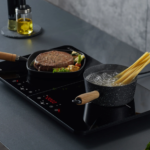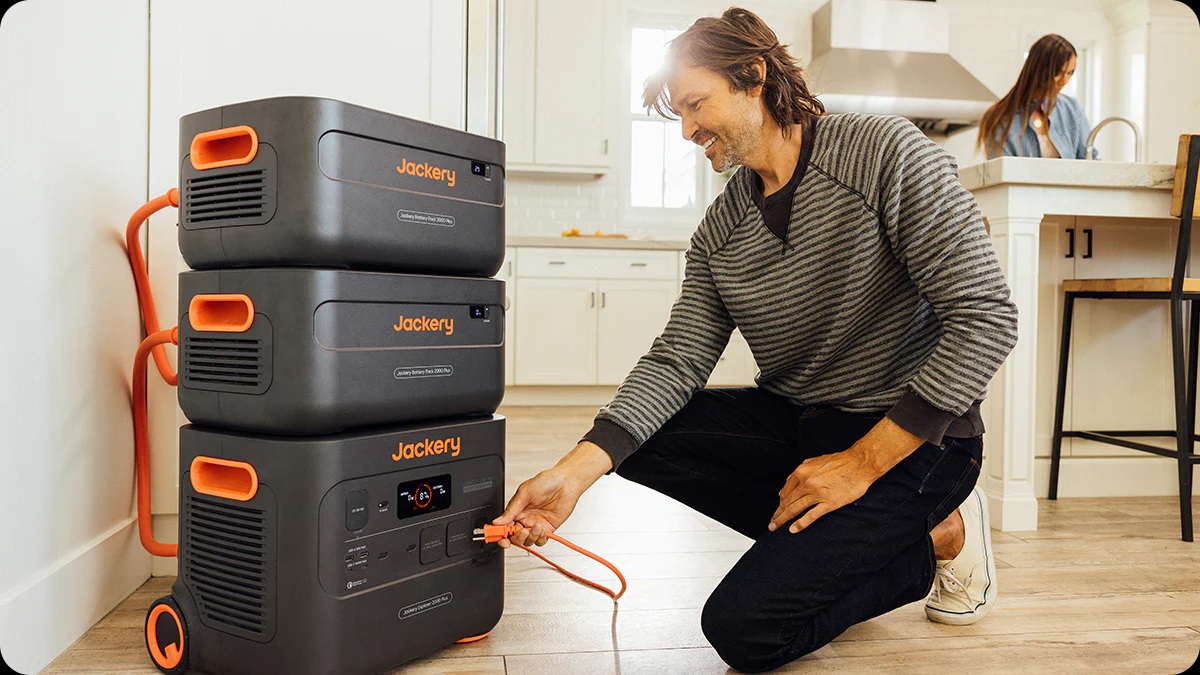The article discusses the main unpleasant surprises that may appear when buying a private house in 2020!
When buying any resale property and a private house is no exception, the buyer can expect a lot of unpleasant surprises. They can crawl out both at the time of signing the contract and after, and hide – in the documents relating to the building, the land under it, and in the contract itself. In this article, we’ll show you how to get around the most obvious pitfalls of buying a private home.
Basic rules for a home inspection before buying
The first thing a buyer should pay attention to is the quality of the building. The house from the outside may look like candy, but in fact, it does not hold heat at all, it is wonderful to conduct sounds, have hidden defects in the walls, ceiling, floor, and communications. It will be annoying to buy housing for a lot of money, and then invest the same amount in bringing it to mind.
The problem is that a non-professional can’t identify such defects with the help of visual inspection alone. We’ll have to invite a specialist with a set of specific tools, such as, for example, a thermal imager. The specialist will check the house from basement to roof and write out an expert opinion, which will reflect the true condition of the building and the estimated value.
It should be noted that calling a specialist appraiser is not a cheap pleasure, but when buying a house for several million, saving on an expert can cost you much more.
You shouldn’t yawn yourself either. Some important points can be identified on your own, after which, probably, the services of an appraiser will no longer be needed.
Here are some tips:
· It is better to inspect the building in early spring when the melting snow will immediately help to identify the current roof, soaking walls, cracks in the foundation, and drafts. Take a walk and take a close look at the house from the attic to the basement so you don’t miss a single problem. At the same time, you will be able to assess how accessible the house is in bad weather, perhaps a car with a low ground clearance will not even be able to drive up to it on broken roads.
· Many experts advise buying a house on the secondary market since building “for yourself” and “for sale” are two big differences. And if the owner lived in the building, this gives some guarantee that he built for himself with high quality.
· However, you shouldn’t trust the owner too much. It is in his interest to sell the house at a higher price, that is, he will not tell you about not too obvious defects. Talking to your closest neighbors can help. In the private sector, everything is usually in plain sight, and it turns out to be more difficult to hide problems than in a high-rise building.
· Pay attention to the surrounding reality: how shaded the site is, whether it floods in spring and the rain, whether the neighbors’ houses are close to yours, is it possible to drive a car and walk in bad weather, whether there are power lines or industrial facilities nearby.
Of course, invite a specialist, with his help you can concretely imagine the scale of the problems and the amount that will need to be invested additionally.
The layout is an important part of life
Everyone has their preferences for the layout: someone likes the spaciousness and smoothly flowing rooms into each other, someone, on the contrary, prefers small chamber separate rooms. But there are general conditions that you should pay attention to when buying.
· The first is enough bedrooms for every family member. Spouses can sleep together, but it is better if there is a cozy room where you can move when the other half is sick, or if suddenly the road begins to snore (and this happens to many with age). Children must have separate bedrooms, the older the child is, the more important is his personal space where he can retire.
· The second is a common area, such as a living room, where the family can gather to exchange news, play games, watch TV, or have a festive dinner.
· The third is the storage rooms, where skates and skis will be removed in summer, and swimming circles and bicycles in winter. The more pantries, the cleaner the house.
· Technical rooms are rooms for a gas boiler, boiler, and other appliances that should not be in the public domain.
A word on convenience
Pay special attention to stairs – they should be comfortable and safe for all family members, young and old.
Lighting is also an important aspect of a modern home. It used to be customary to make small windows to keep the heat inside the building. But modern materials allow not only to keep warm but also to provide the house with natural light, which is much healthier for the eyes than electric light. Therefore, say a firm “no” to houses with small windows and an emphatic “yes” to panoramic windows.
And finally, the garage. Many attach it directly to the house, so as not to walk down the street once again, but to immediately get to a four-wheeled friend. This option is convenient, but at the same time has several disadvantages, the main of which are exhaust gases and the smell of gasoline entering the living quarters. We recommend choosing a house where the garage will be located at some distance from the main building.
Verification of documents before purchase
As for the documents, they do not fundamentally differ from the documents for an apartment. We have already written many times how to carry out and where to order a check of the legal cleanliness of housing. In a nutshell, you should make sure of:
· The seller’s ability to act and the absence of “problem” owners (minors or incompetent);
· The owner has title documents, a registration certificate, and other papers for the house;
· Lack of encumbrances on the house and site;
· Lack of debts for housing and utility services and other payments;
· Lack of boundary disputes;
· The authenticity of signatures when selling by proxy.
Besides, the history of previous transactions should be clarified: if the house is often sold, this should be alarming. And if at least one of the previous transactions is invalidated, the rest will turn out to be the same automatically.
What else does the buyer risk
One of the main problems of the buyer is usually that he inattentively read the deed of transfer: this threatens that you were considering a cozy house with furniture and built-in appliances, and you will get bare walls with turned out bulbs and dismantled sockets, it can even go so far as the previous owners will strip off the wallpaper and tile.
To avoid this situation, it is necessary to reflect the current state of the house in the deed of transfer. The presence of furniture (if you buy a house with furnishings), finishes, built-in appliances, and so on should be recorded there. If, after signing the documents, the appearance and contents of the building have changed, this may become the reason for the termination of the transaction. You can also judicially require the seller to return everything as it was. The second problem may be illegal outbuildings on the site: their purpose must correspond to the registered one, otherwise, the buyer risks facing bureaucratic obstacles.










